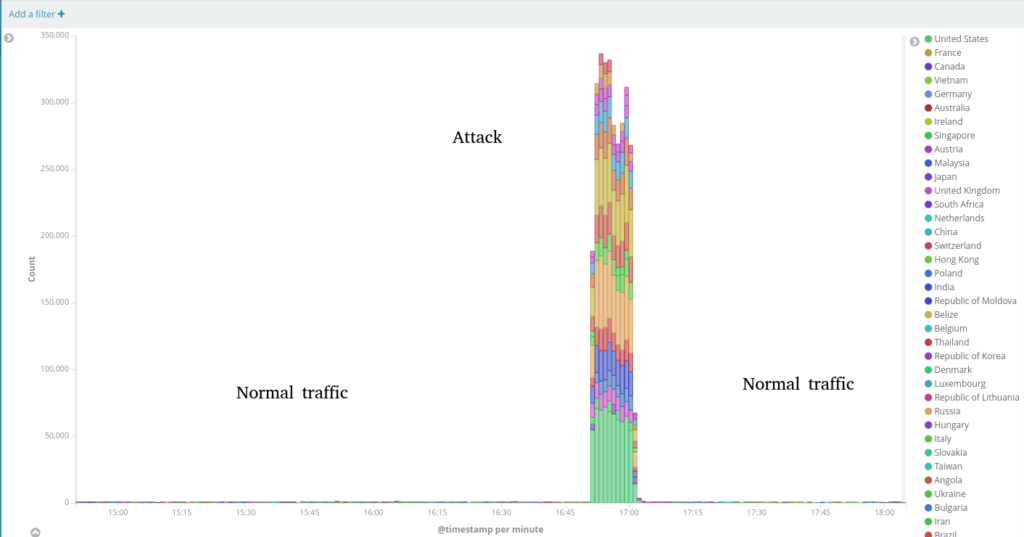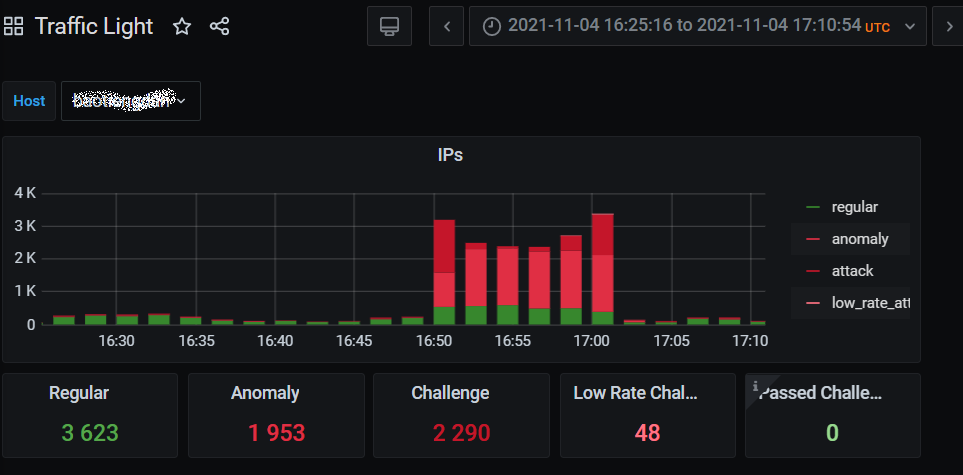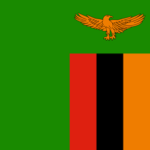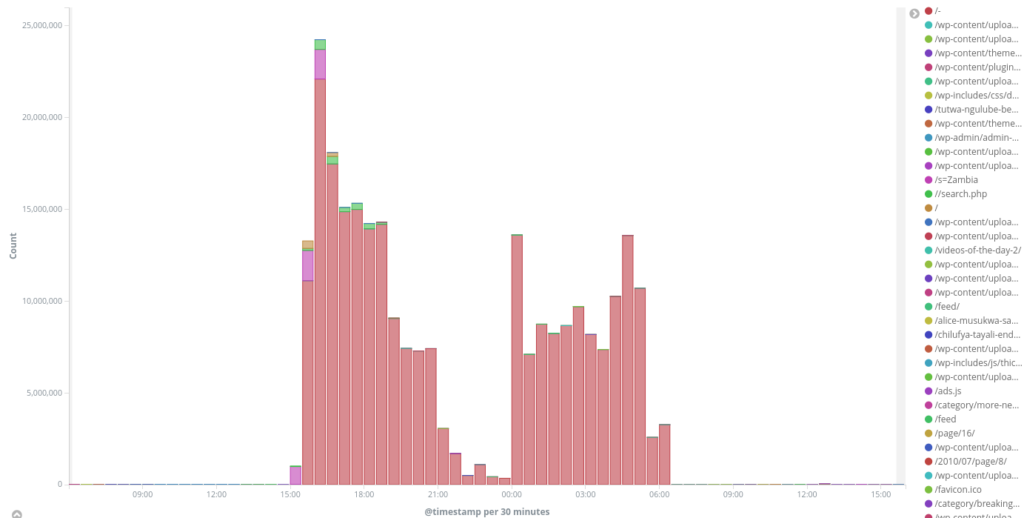Once again, the Deflect network grew in size and audience in 2021. Apart from the continuously stellar work of our clients, what stood out the most for the Deflect team tasked with network monitoring and adversary mitigation – was the increasing sophistication and ‘precision’ of Baskerville, outperforming human rule sets written for the Banjax mitigation toolkit request rate-limiting library. Yes, the machine is outperforming humans on Deflect. We won’t get into the philosophical nature of this reality, rather share some statistics and interesting attacks we witnessed this year, with you.
Year in stats
| Legitimate no. of requests served | 10,152,911,060 |
| Legitimate no. of unique readers (IP) | 77,011,728 |
| Total requests banned – Banjax | 3,326,915 |
| Total requests challenged by Baskerville | 2,606,927 |
| % of Deflect clients also using eQpress hosting | 34 % |
| Total amount of complete Deflect outage | 0 |
| Lowest up-time for any Deflect client | 99.8% |
| % of clients increase year-on-year | 21.62% |
| Largest botnet, by number of bots | 19,333 |
| Number of significant DDoS events | 103 |
Deflected attacks


On November 04, 2021 – a DDoS attack on a Vietnamese media (also hosted on EQPress) began around 16:50 UTC. Between 2,000-2,500 unique IPs where blocked, as originating from United States, Canada, Germany, France and other countries. These bots issued about 825 thousand GET / and GET https://website.com// requests during this attack. Most IPs involved were detected as proxies, and many of them revealed an IPs in X-Forwarded-For header. The underlying WordPress instance received up to 5,000 requests per second, forcing the EQPress server to send up to 30 megabits per second of html responses. Thanks to the FasctCGI cache and overall configuration hardening, the hosting network cluster had enough resources to serve requests until all bots were blocked without any significant issues for the website itself or its neighbors.
Baskerville detected this attack and issued challenge commands to 2,200+ IPs.


This attack targeted an independent investigative journalism website from the Philippines. The attack began on November 15th and continued throughout the next two weeks. Large portions of attack traffic were not accessible to Deflect, targeting the hosting data center with L3/L4 floods.
Almost 4,000 unique IP addresses issued more than 70 millions “GET /” and “GET /?&148294400498e131004165713TT117859756720Q106417752262N” requests against the website, using `cache busting` techniques with random query_string parameters. Attackers also reverted to using forged User-Agents in request strings. Obviously this attack was adapted against Deflect caching defenses. Many of the participating IPa were proxies possible revealing the original sender with X-Forwarded-For header.
Unfortunately, this attack was not fully mitigated in a quick way and caused several hours of downtime for real users. After manually enabling Deflect’s advanced protection mechanisms and adjusting the origin’s configuration, the website became stable again.


A Zambian democratic watchdog organization was attacked twice between August 08-09 and 11-12. It seems that when the attackers came back a second time round, they hadn’t learned their lessons and tried a similar technique and an almost identical botnet.
Servers from different countries (mostly Unites States, Germany, Russia, France) were sending more than 16 millions of GET / and /s=87675957 requests (with random numbers to bypass caching) during the first round of attacks. During the following incident over 137 million malicious requests were recorded and blocked.
Most of these IPs are known as compromised servers that could be used as proxies and MikroTik routers. 383 unique User-Agent headers were used, all of them were Google Chrome variations. We can also see about 400 TOR exit nodes which were used for this attack.

The first attack was not completely mitigated due to its profile and some traffic was able to hit the origin server, resulting in several hours of partial downtime for real visitors during different phases of this attack. The second attack was completely mitigated as we had already updated our mitigation profiles.


